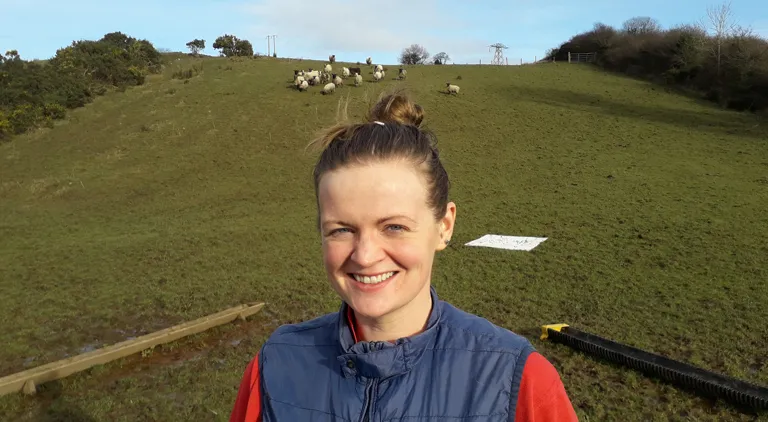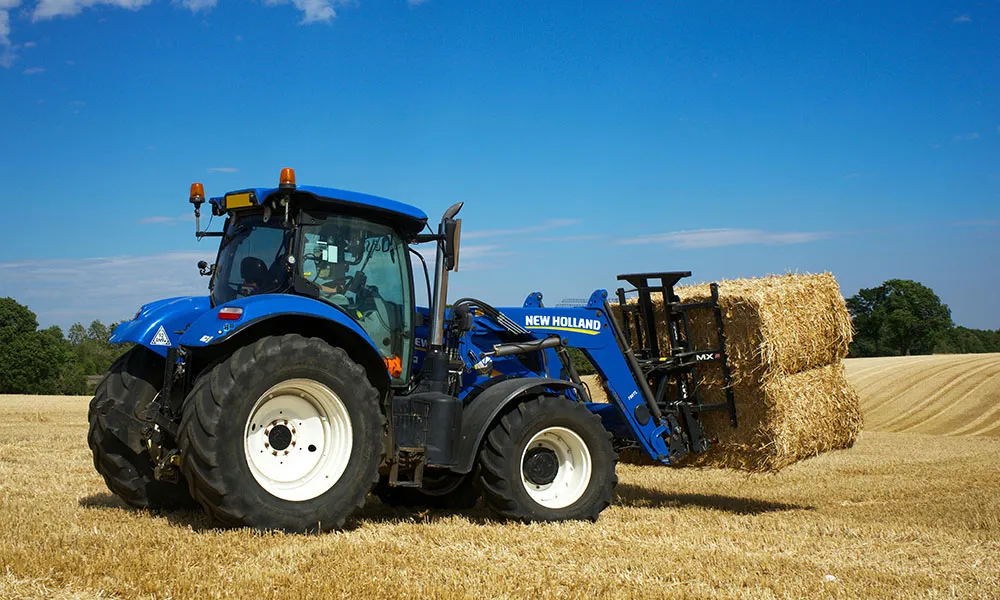
Veterinary Corner
The Agridirect blog is delighted to launch our new collaboration with Veterinary practitioner Sarah Ryan, from DKD Veterinary Services, a mixed practice in Claremorris, Co. Mayo. Sarah is a second-generation vet, with her Father John Dixon setting up DKD Veterinary services in 1980. Sarah graduated from UCD and joined her fathers’ practice in 2009. Since then she has been visiting farms in the locality, to help with everything from births to lost causes and everything in between. We are delighted to say she has agreed to become a regular contributor with us. Sarah will be offering advice on all aspects of animal health and husbandry, while also sharing her own practical experiences. In her first blog she focuses on Spring Calving and how to make it a lot safer for farmer and animal alike!. If there is anything you would like her to cover in any of her future blogs, feel free to contact us through our Facebook page. Sarah will be happy to share her advice!
Spring is about to Spring - Spring Calving with Vet Sarah Ryan
Calving and lambing are the hot topic at this time of year. In the heat of the moment, a lot of issues that should be discussed are often overlooked. It is of course understandable, as the priority is to get the new-born out and alive. But there is also a lot of things to consider before the water bag makes an appearance. In this article I will mainly cover cattle but will move onto sheep in future articles when dealing with disease control and vaccination. Most lads I know are pros at pulling lambs, but you never know, I might have a tip or 2 that might help.
Safety First
The most important factor of all is - of course - safety. This is something you have heard 100 times before. Many of you have probably experienced first-hand the dangers of a suckler cow after calving. But it's no harm to bring it up again….and, probably, again. 25% of on farm injuries are from stock after calving, which is high when you consider all the other dangers on the farm! It’s so important to have good facilities for any stock but especially when calving cows.
While most cows will get on with the job themselves, there’s always one troublemaker. So when she comes along, good facilities will make all the difference. A head gate is essential, of course, and most of you will have one as part of the crush anyway; but a head gate as part of the calving pen is a worthwhile investment. By the way, never ever attempt to calf a cow in a crush unless there is a gate that opens fully attached to the head gate. I have been in a few situations with angle grinders and it’s just not worth the risk!
Recommended Equipment
I would recommend the head gates that are open to the ground, just in case the cow goes down suddenly. They are easier to open and are not quite as much of a choking hazard. If possible, have gates on either side rather than against a wall, to leave more room if the animal does go down. If they are against a wall, be sure to have the left side facing outwards just in case there needs to be a caesarean. Most importantly, make sure you plan a quick way out, in case they decide to forcefully remove you from the labour ward.
Problems that may be encountered at calving are often preventable. When calving heifers ensure they are big enough. They should be 60% of their mature body weight and calving at 24 months. Use of an easy calving sire will make things easier. If you're choosing bigger bulls, it's very important to be prepared for difficulties and caesareans.
Condition and vaccination
Body condition scoring at breeding can help also, so make sure cows are fit not fat. A balanced diet pre-calving is a big help when it comes to calving, but also with colostrum quality. Pre-calving minerals including selenium and iodine will help your calf get off to the best start.
Control of infectious diseases on the farm will help prevent weak, stillborn calves; so good biosecurity and vaccination is important too. Other vaccinations pre-calving will also improve colostrum quality and calf health. Cows can be vaccinated against rota, corona virus and E. coli between 12 and 3 weeks before calving. However, you will have to pay close attention to colostrum intake to ensure they work. I will cover more on colostrum and calf health in future.
Well I hope I didn’t bore you all to tears but it's so important to cover these things over and over. We all have a role to play in improving farm safety for man (or woman) and beast. But don’t worry, we will have the calf out by next week! With each article I will try to include an actual case that I have encountered that is relevant to the topic. This week is one of my more difficult cases.
Case 1 : Me Vs Uterine torsion/twisted womb
The farmer had noticed that the cow had bagged up and was restless 48 hours previous.
He kept waiting and expecting her to calf as she did so for the last 4 calvings. But nothing!
She didn’t even pass a water bag. I arrived on the farm and he told me the history. I said to myself: ‘FECK’ . I had a feeling it was going to be a twisted womb.
He said he had handled her and could not feel anything. If you can imagine a balloon that is twisted at the top and the calf is inside the balloon, that’s kind of what you're dealing with. The level of twist can vary from very slight to almost 360 degrees (in that case it's just a caesarean straight away). The aim is to try and twist the calf around by hand or by rolling. Not the simplest task.
Pulling without a calving gate
So the cow was in the crush, caught in the head gate. The crush was slightly too wide so the cow was able to move from side to side. This made it more difficult to manoeuvre the calf.
In this situation a proper calving gate that can be tightened in beside the cow would be much more beneficial. We got the calf untwisted after much sweat and tears (I will be skipping the gym this week after that one!).
Now it was time to pull the calf, but the cow was in the crush. So instead of straightforward pulling, we then had to halter the cow and let her back out into the calving pen. We then tried to tie her to the gate. This was a dangerous situation which neither vet or farmer should be in, showing the importance of good facilities. The cow was able to move from side to side and when the calving jack was attached it was swinging from side to side also!! Eventually she fell down, but of course she fell up against the wall when the calf was half way out….not good.
Luckily we were able to open a side gate into one of the pens to move the calving jack just enough to get the calf out. The calf was out and alive but a lot of those last few minutes was pure luck. Had there been a purpose built calving gate, the whole thing would have been safer and similar and less risky to all involved. That said, I think the farmer took the bigger risk. After all that, he said: ‘Isn’t it an awful job for a woman?!!’
That’s all from me for now!
Sarah










